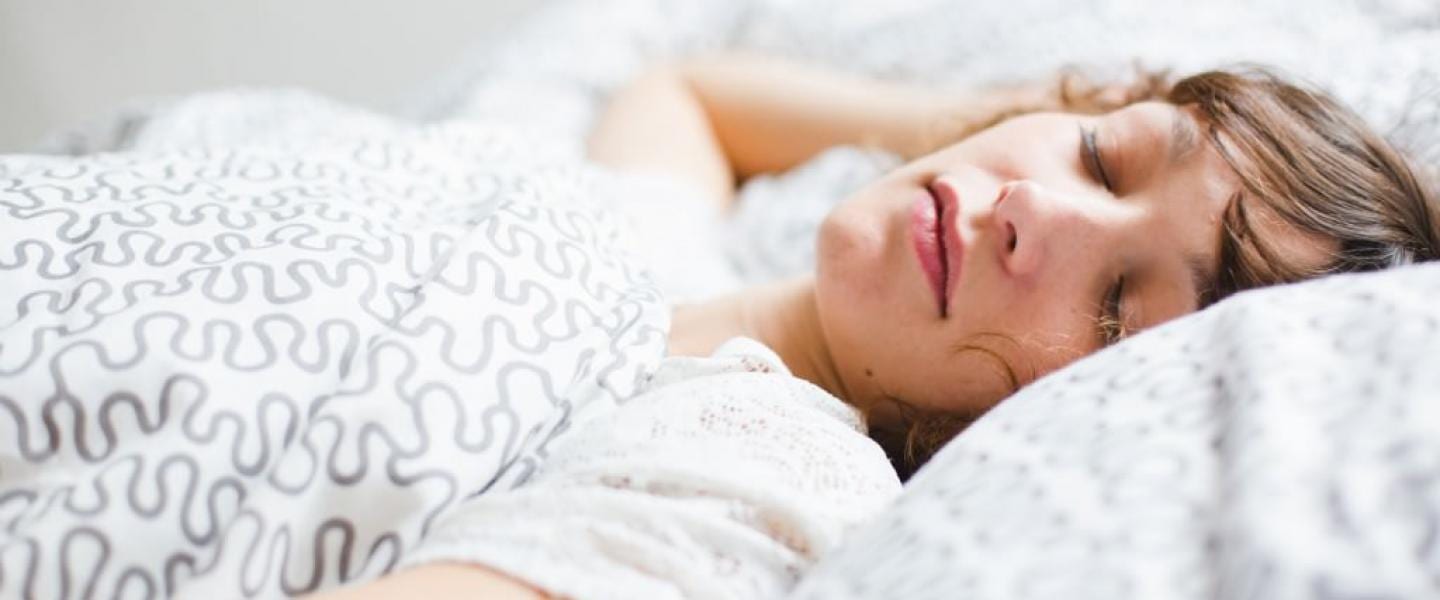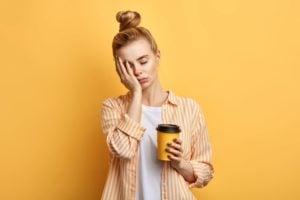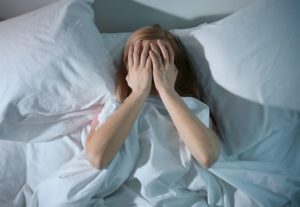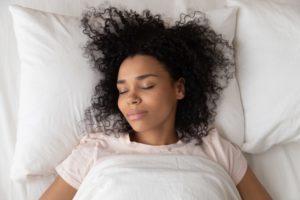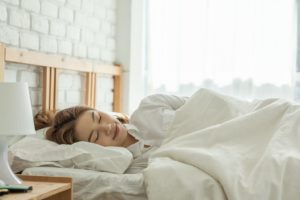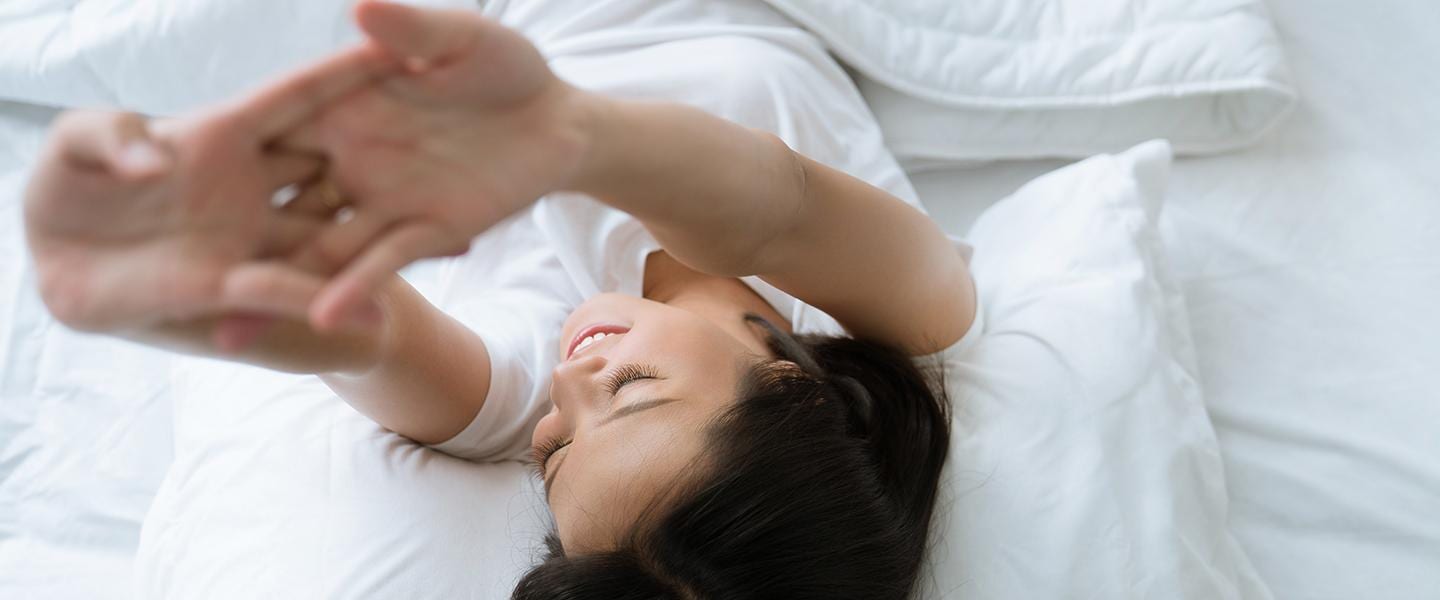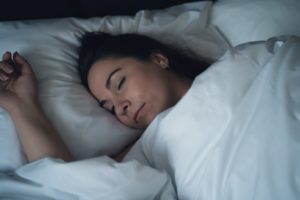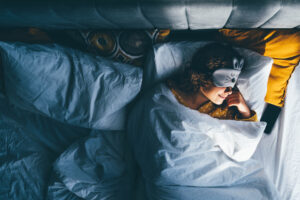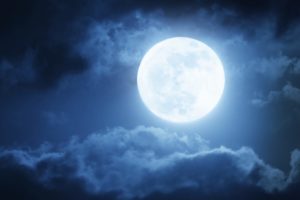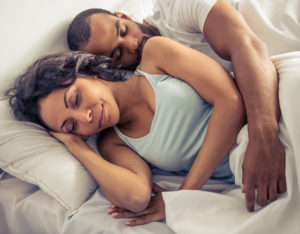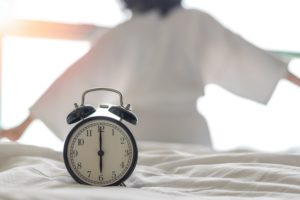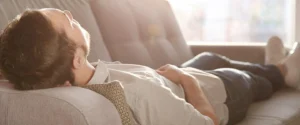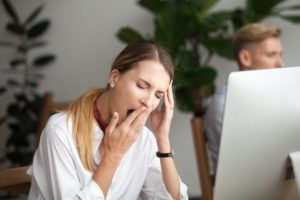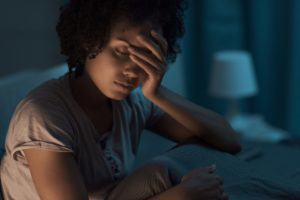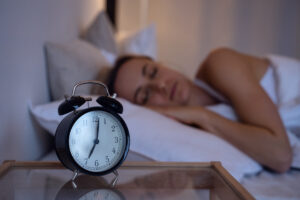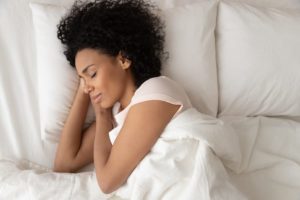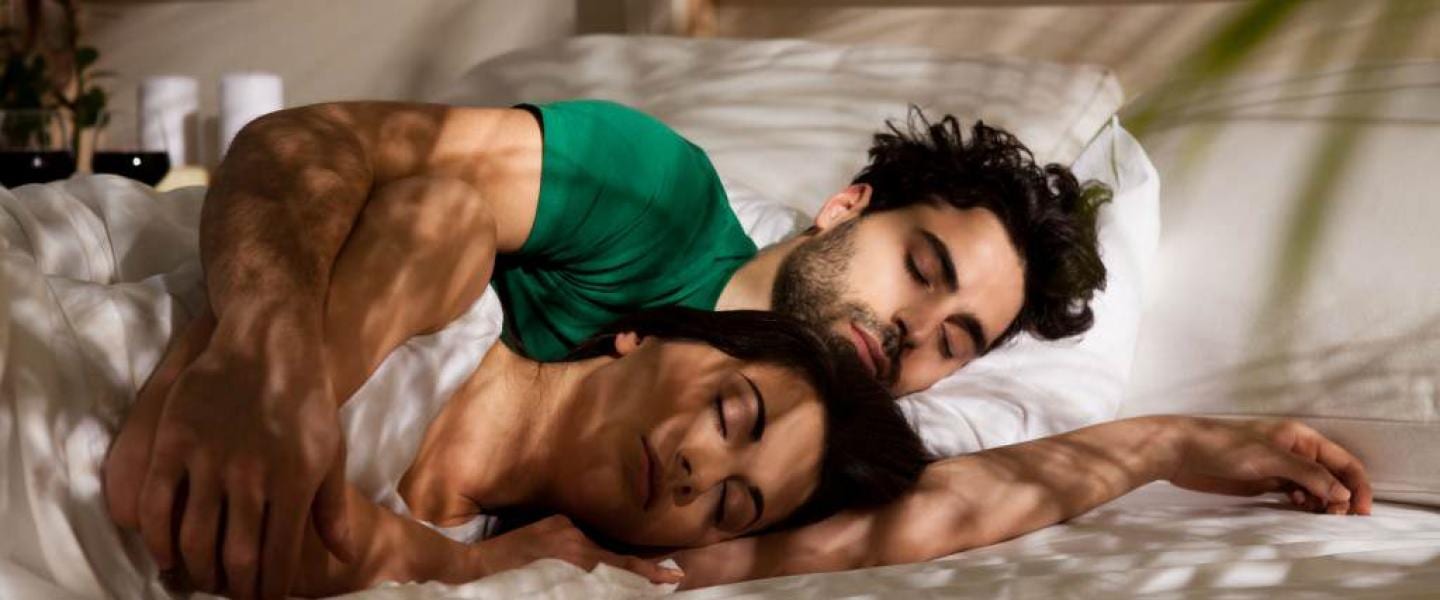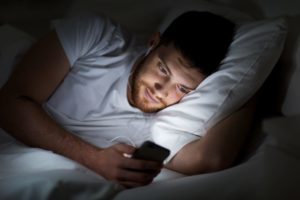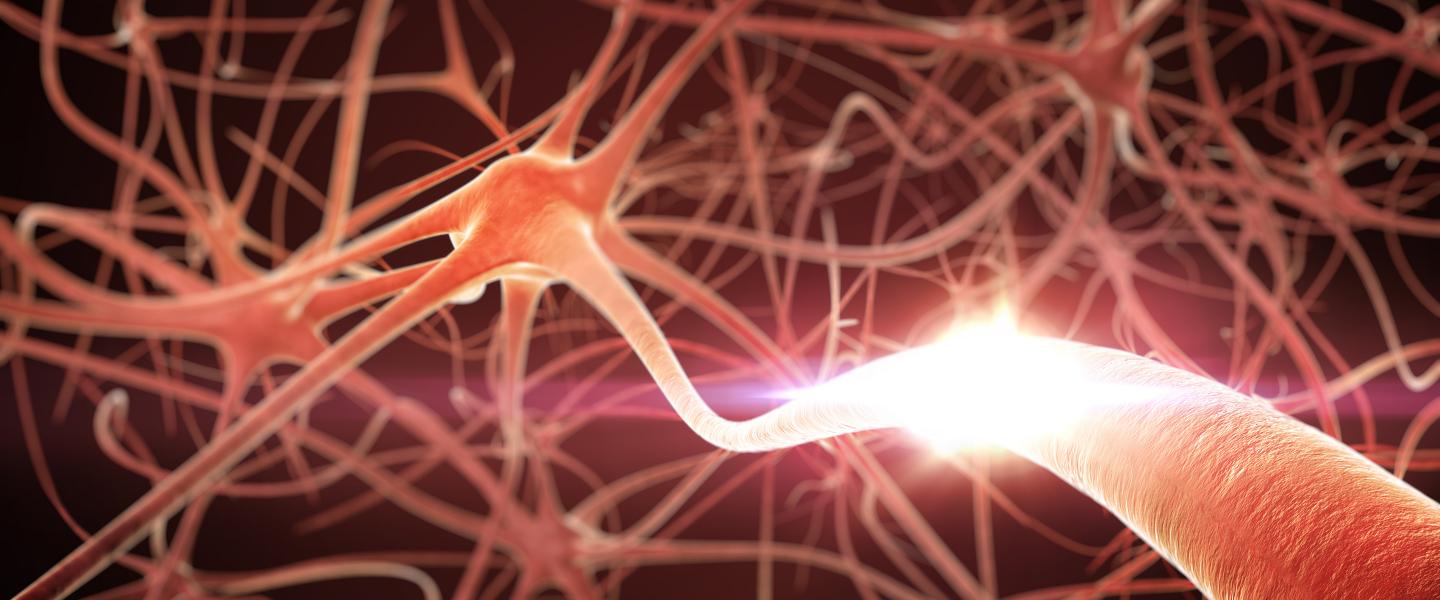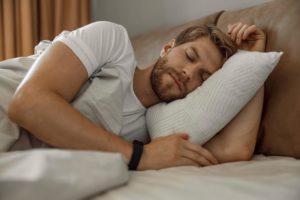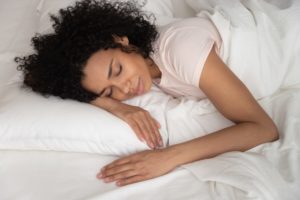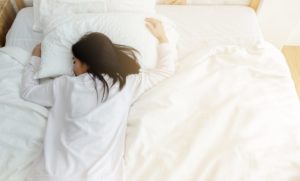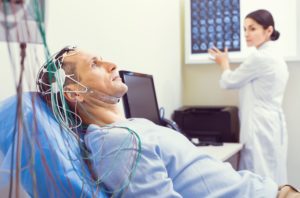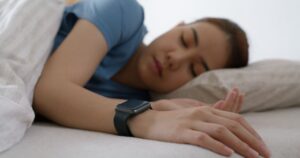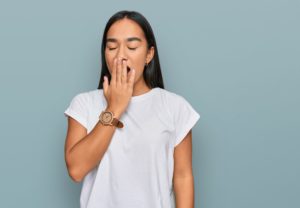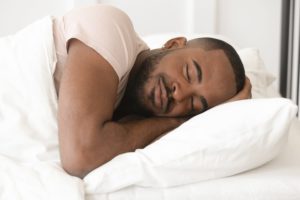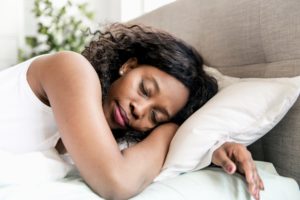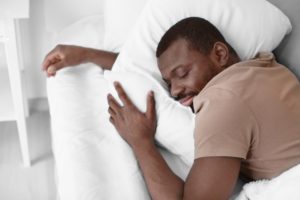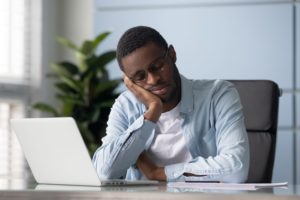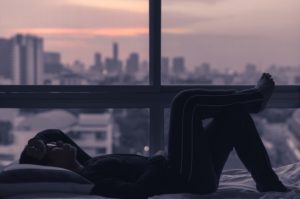Hypnopompic Hallucinations
- Hypnopompic hallucinations occur in the morning as you are waking.
- During hypnopompic hallucinations, you are sensing things that are not actually happening while in a state between dreaming and waking.
- In the majority of cases, hypnopompic hallucinations are visual, although some can involve sound and tactile sensations.
- Hypnopompic hallucinations are typically considered normal, but consult a doctor if they cause daytime symptoms or sleep problems.
Hypnopompic hallucinations are hallucinations that occur in the morning as you’re waking up . They are very similar to hypnagogic hallucinations, or hallucinations that occur at night as you’re falling asleep. When you experience these hallucinations, you see, hear, or feel things that aren’t actually there. Sometimes these hallucinations occur alone, and other times they occur in conjunction with sleep paralysis.
For most people, hypnopompic hallucinations are considered normal and are not cause for concern. They generally don’t indicate an underlying mental or physical illness, though they may be more common in people with certain sleep disorders. Learn more about what hypnopompic hallucinations are, how they differ from other types of hallucinations, and what you should do if you experience them.
What Are Hypnopompic Hallucinations?
Generally, hallucinations are sensory experiences that don’t correspond to what’s happening in reality. Hallucinations may include seeing, hearing, feeling, or even smelling things that feel real but are not. Hypnopompic hallucinations, in particular, are hallucinations that occur as you are waking up in the morning and in a state that falls somewhere between dreaming and being fully awake.
Hypnopompic hallucinations are relatively common, occurring in over 12% of people. They aren’t as common as hypnagogic hallucinations, however, that occur in up to 37% of people. Hypnopompic hallucinations occur while a person is waking up, and hypnagogic hallucinations occur while falling asleep. Together, hypnagogic and hypnopompic hallucinations are referred to as hypnagogia. They both likely originate during an early, non-REM sleep stage.
Is Your Troubled Sleep a Health Risk?
A variety of issues can cause problems sleeping. Answer three questions to understand if it’s a concern you should worry about.
Hypnopompic Hallucinations vs. Hallucinations Associated With Mental Health Disorders
The nature of hypnopompic hallucinations differs from hallucinations arising from mental illness. A primary difference is that hypnopompic hallucinations only occur as a person is waking up. Schizophrenic hallucinations can occur at any time, and commonly occur in the daytime while a person is fully awake. Also, hypnopompic hallucinations more commonly have a visual component, while schizophrenic hallucinations are more likely to be auditory. Experiencing hypnopompic hallucinations does not suggest you have a mental health disorder.
Usually, people experiencing hypnopompic hallucinations recognize that what they see or hear is not real. When people experience hallucinations due to schizophrenia they tend to believe that what they heard or saw was indeed real. This difficulty distinguishing between reality and hallucination can cause problems and feed into delusional or paranoid beliefs . Hypnopompic hallucinations tend to be vivid but relatively short and straightforward. Schizophrenia-related hallucinations might be more detailed and consistent, such as repeatedly hearing the same voice speaking.
Sometimes, people experiencing mental health disorders other than schizophrenia have hallucinations . Hallucinations might occur in those experiencing severe depression, postpartum psychosis, post-traumatic stress disorder (PTSD), and borderline personality disorder. People who have hypnopompic hallucinations and don’t experience other mental health symptoms have no reason to think they’re experiencing mental illness, however.

How Do Hypnopompic Hallucinations Differ From Nightmares?
Hypnopompic hallucinations differ from nightmares in that they happen as you’re waking up in the morning, while nightmares tend to occur during rapid eye movement (REM) sleep . Also, hypnopompic hallucinations usually consist of simple images, sounds, or sensations. Nightmares, on the other hand, tend to be more complex dreams with storylines that provoke strong emotions.
Sometimes hypnopompic hallucinations occur at the same time as sleep paralysis. In these instances, they might feel frightening and similar to a nightmare . Sleep paralysis is a phenomenon in which a person feels awake but cannot move their body . Sometimes sleep paralysis is accompanied by tactile hallucinations, such as the sensation that another person is in the room, or that a person or object is putting pressure on your chest.
Symptoms of Hypnopompic Hallucinations
Hypnopompic hallucinations can be visual, auditory, or tactile . In 86% of cases, hallucinations are visual. They often involve seeing moving shapes and colors, or images of animals or people. While these images can move, they generally do not form a story like dreams do.
Between 8% and 34% of these hallucinations involve sound. Common sounds include the ringing of bells or the sound of talking voices. Sounds may be paired with images or occur on their own. Common auditory hallucinations include background noises like a phone ringing, people talking, or animal noises.
Sensory or tactile hypnagogic hallucinations refer to when a person feels bodily sensations that are not actually occurring. In 25% to 44% of instances, hypnopompic hallucinations involve tactile sensations. For example, a person might feel like they are weightless, flying, or in the room with another person. The sense that a person is in the room commonly occurs with sleep paralysis.
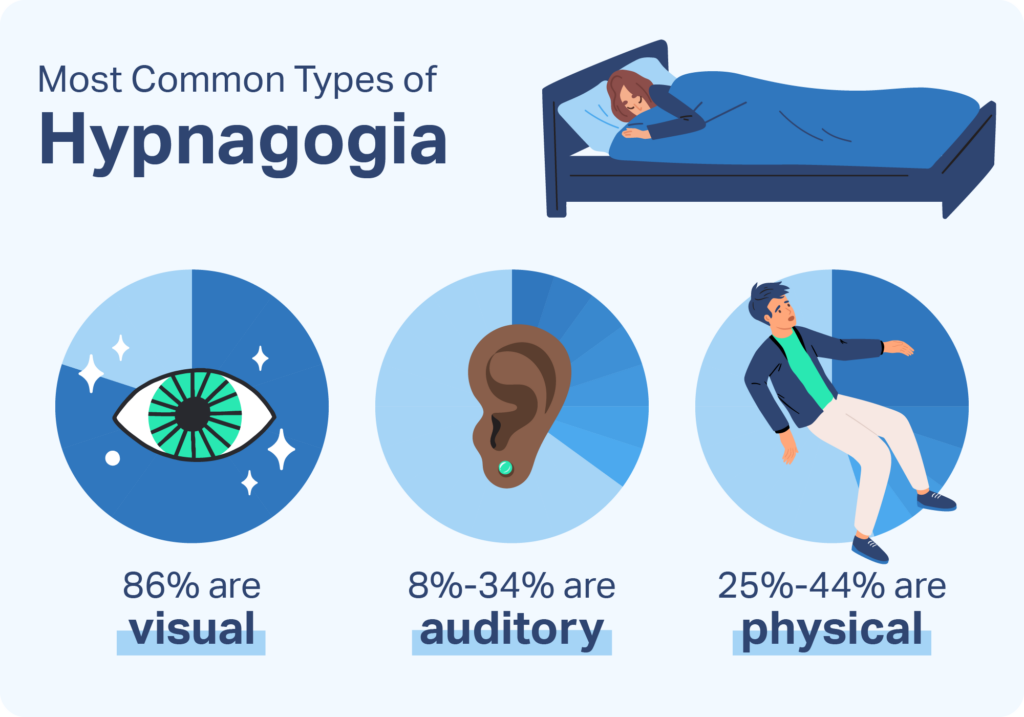
What Causes Hypnopompic Hallucinations?
Researchers haven’t definitively determined what causes hypnopompic hallucinations. These hallucinations have neurological similarities to both daytime hallucinations and nighttime dreams. Researchers used to argue that hypnopompic hallucinations occurred because REM sleep states intruded on awakened consciousness, but further research hasn’t supported this hypothesis. Instead, it seems like hypnopompic hallucinations occur during early, non-REM sleep stages.
Generally, hypnopompic hallucinations are considered harmless and normal. Their presence alone doesn’t indicate that the person experiencing them is unhealthy or facing an underlying disorder. That said, some people with underlying disorders are more likely to experience them. For example, these hallucinations are common in people with narcolepsy. If you experience hypnopompic hallucinations in addition to other symptoms of narcolepsy, consult with a doctor.
When Should You See a Doctor?
If you experience hypnopompic hallucinations and no other symptoms, you likely do not need to see a doctor. However, if the hallucinations interfere with your ability to sleep or cause you distress, consider seeking medical attention. A doctor can help you determine if you’re dealing with an underlying illness or disorder that contributes to your hallucinations.
Hypnopompic hallucinations only occur as a person is waking up. If you also experience hallucinations during the daytime when you’re wide awake, talk to your doctor. Daytime hallucinations aren’t as common and could be due to an underlying mental or physical illness.
If you believe you might have narcolepsy, you should also seek medical attention. In addition to hypnopompic hallucinations, people with narcolepsy often experience excessive tiredness, a loss of muscle tone (cataplexy), sleeping problems, and sleep paralysis. Narcolepsy is a disorder with potentially serious consequences, but it can be treated and managed with the help of medical professionals.
How Can You Stop Having Hypnopompic Hallucinations?
Hypnopompic hallucinations generally occur beyond our control. We do not get to choose if we want to have them or not.
If, however, your hypnopompic hallucinations are accompanied by other daytime symptoms, or you find they are causing you sleep problems or distress, see your doctor. Your doctor can help you identify and treat any related underlying causes, and this treatment could help reduce how often you have hypnopompic hallucinations.

Still have questions? Ask our community!
Join our Sleep Care Community — a trusted hub of product specialists, sleep health professionals, and people just like you. Whether you’re searching for the perfect mattress or need expert sleep advice, we’ve got you covered. Get personalized guidance from the experts who know sleep best.
References
8 Sources
-
Teeple, R. C., Caplan, J. P., & Stern, T. A. (2009). Visual hallucinations: Differential diagnosis and treatment. The Primary Care Companion to the Journal of Clinical Psychiatry, 11(1), 26–32., Retrieved May 17, 2021, from
https://pubmed.ncbi.nlm.nih.gov/19333408/ -
A.D.A.M. Medical Encyclopedia. (2020, May 10). Hallucinations. MedlinePlus., Retrieved May 17, 2021, from
https://medlineplus.gov/ency/article/003258.htm -
National Institute of Mental Health. (2020, May). Schizophrenia., Retrieved May 18, 2021, from
https://www.nimh.nih.gov/health/topics/schizophrenia/ -
Chaudhury, S. (2010). Hallucinations: Clinical aspects and management. Industrial Psychiatry Journal, 19(1), 5–12., Retrieved May 17, 2021, from
https://pubmed.ncbi.nlm.nih.gov/21694785/ -
Pagel, J. F. (2000). Nightmares and disorders of dreaming. American Family Physician, 61(7), 2037–2042., Retrieved May 17, 2021, from
https://www.aafp.org/afp/2000/0401/p2037.html -
Cheyne, J. A., Rueffer, S. D., & Newby-Clark, R. (1999). Hypnagogic and hypnopompic hallucinations during sleep paralysis: Neurological and cultural construction of the night-mare. Consciousness and Cognition, 8(3), 319–337., Retrieved May 17, 2021, from
https://pubmed.ncbi.nlm.nih.gov/10487786/ -
Denis, D., French, C. C., & Gregory, A. M. (2018). A systematic review of variables associated with sleep paralysis. Sleep Medicine Reviews, 38, 141–157., Retrieved May 17, 2021, from
https://pubmed.ncbi.nlm.nih.gov/28735779/ -
Waters, F., Blom, J. D., Dang-Vu, T. T., Cheyne, A. J., Alderson-Day, B., Woodruff, P., & Collerton, D. (2016). What is the link between hallucinations, dreams, and hypnagogic-hypnopompic experiences? Schizophrenia Bulletin, 42(5), 1098–1109., Retrieved May 17, 2021, from
https://pubmed.ncbi.nlm.nih.gov/27358492/




